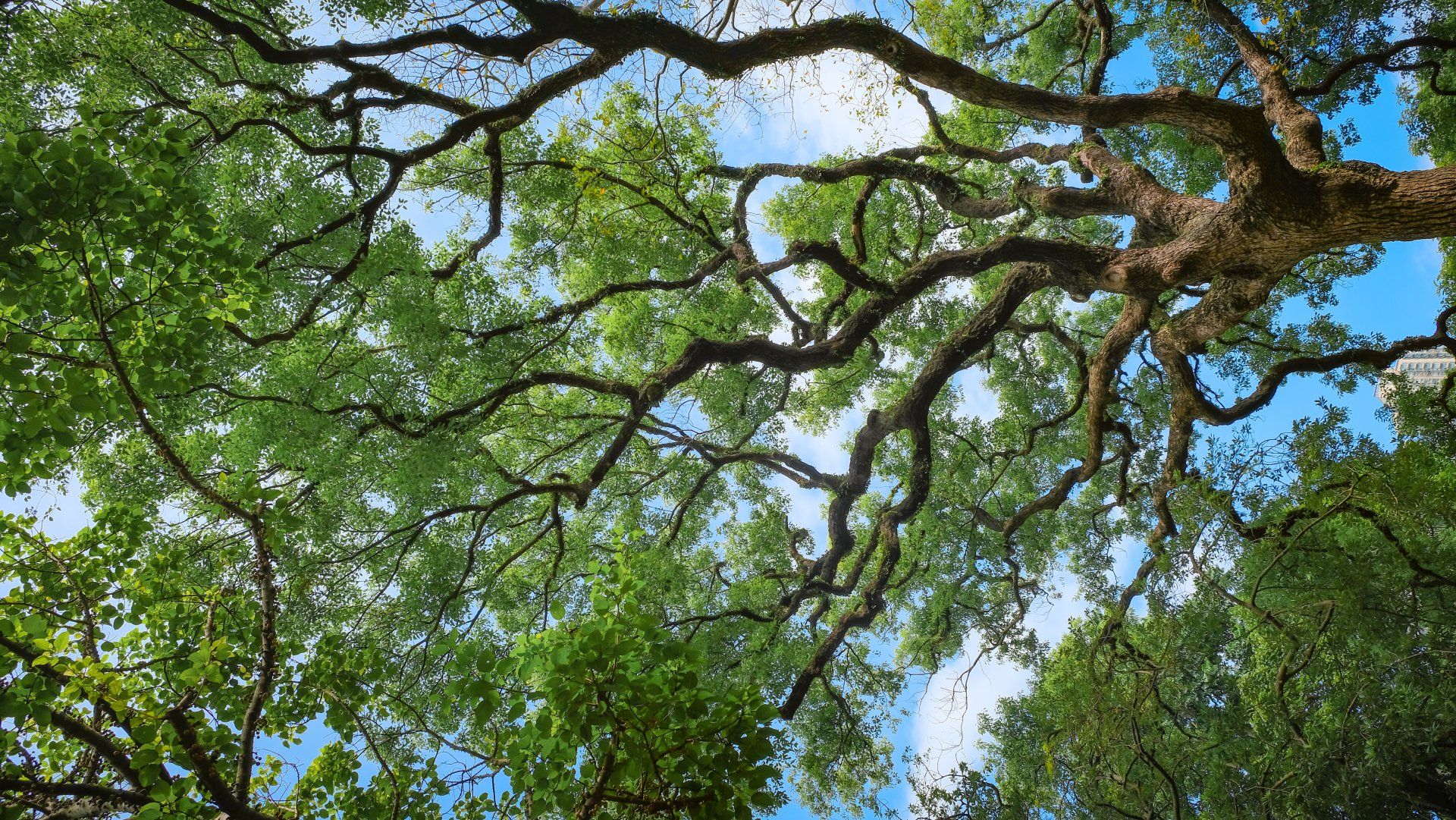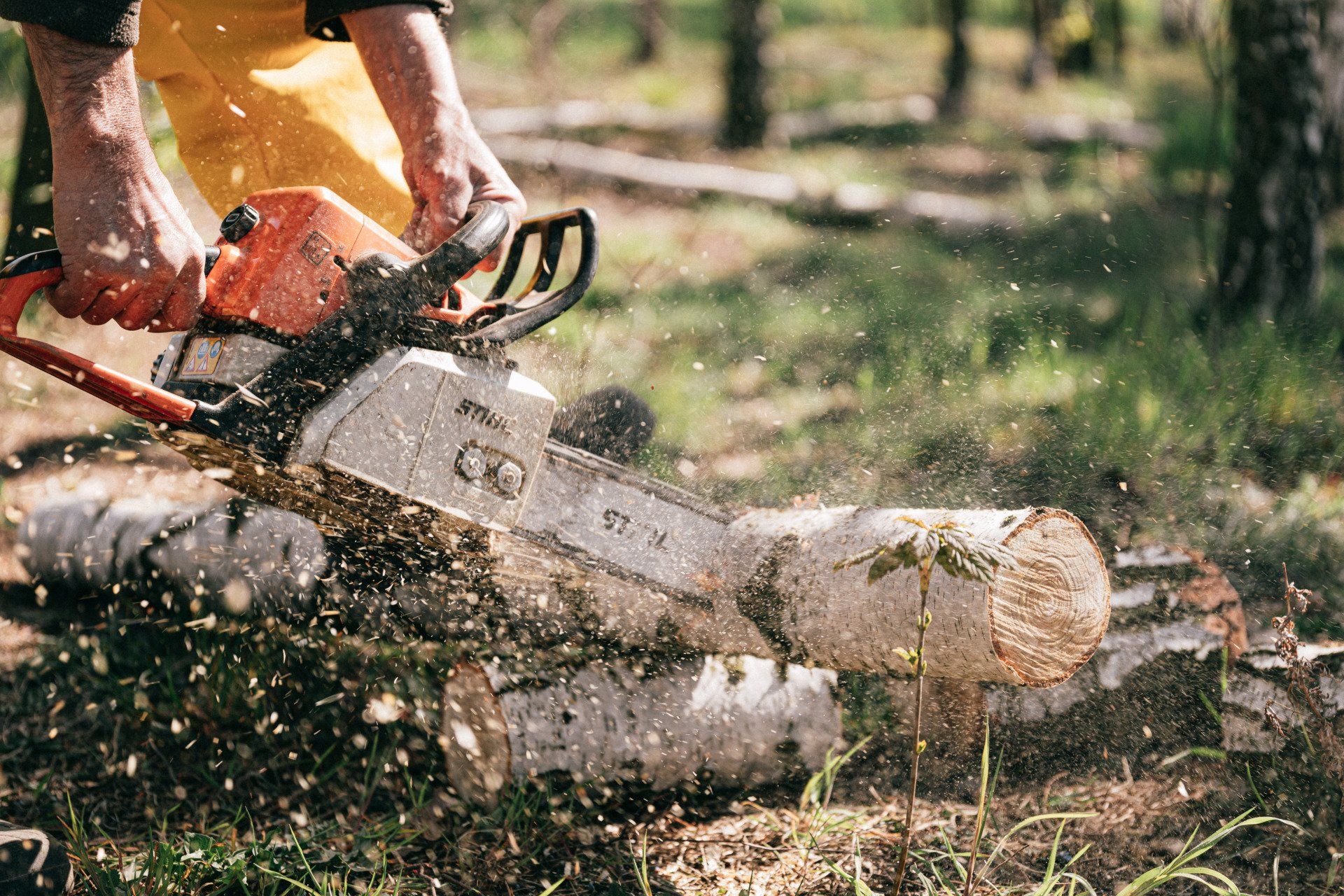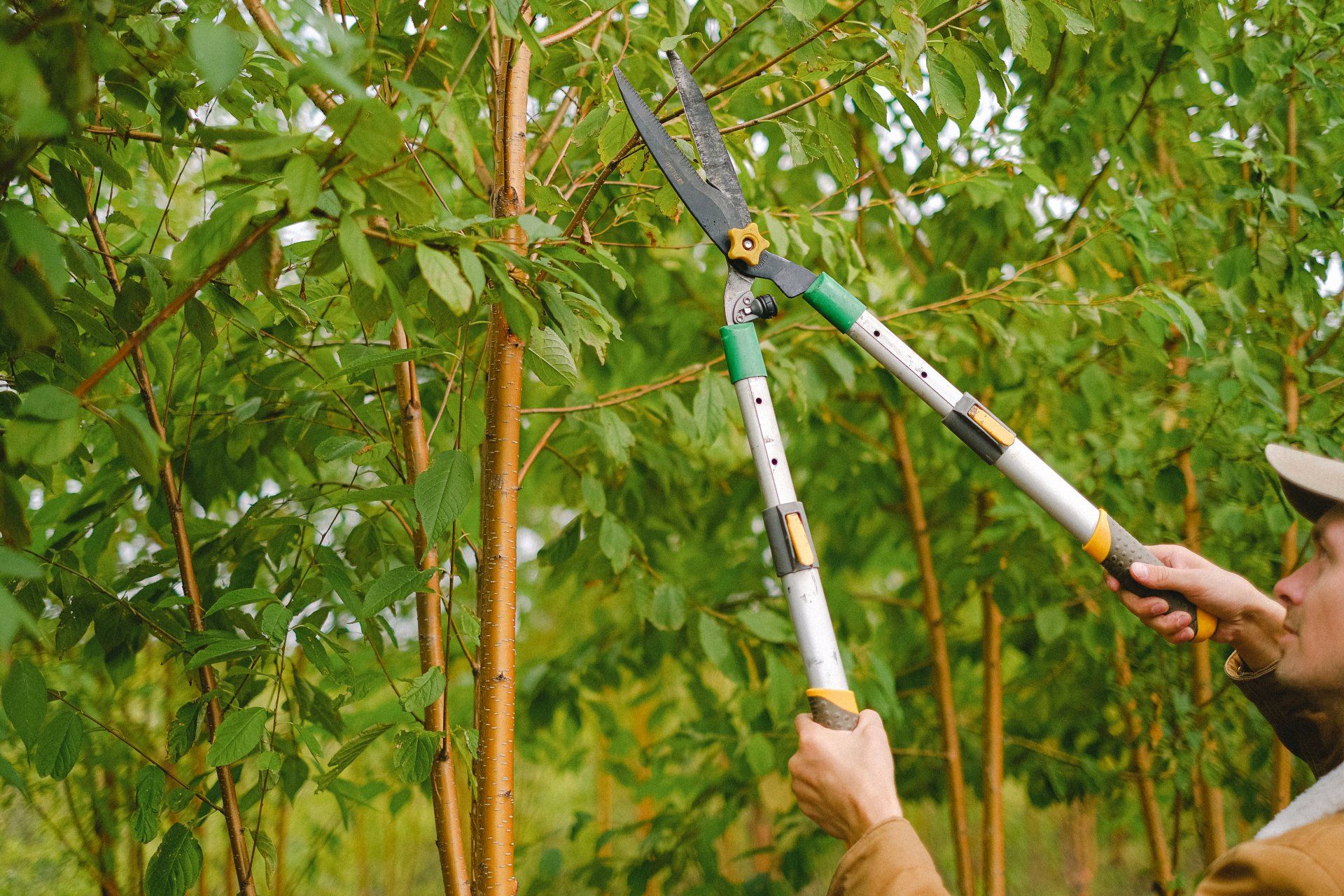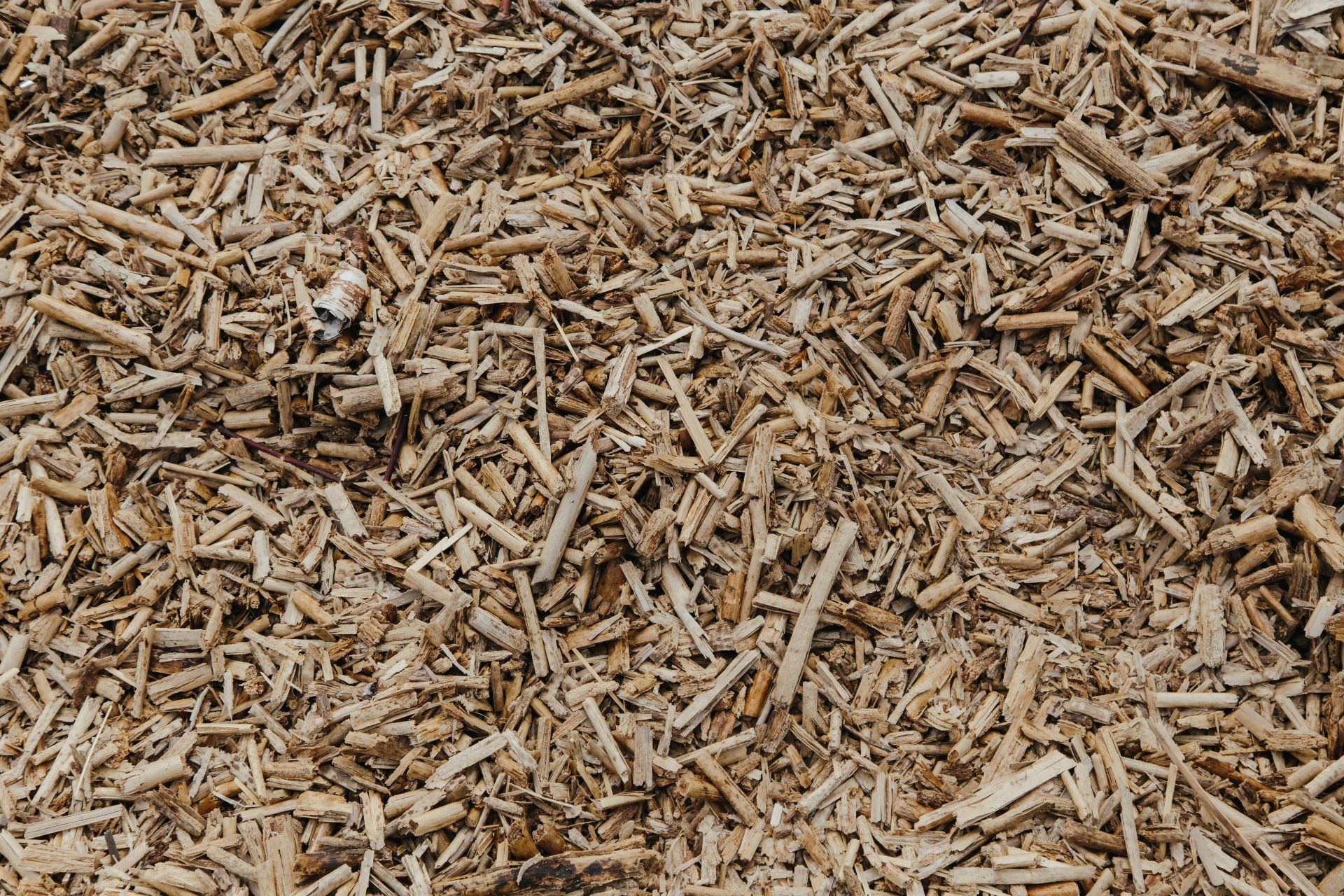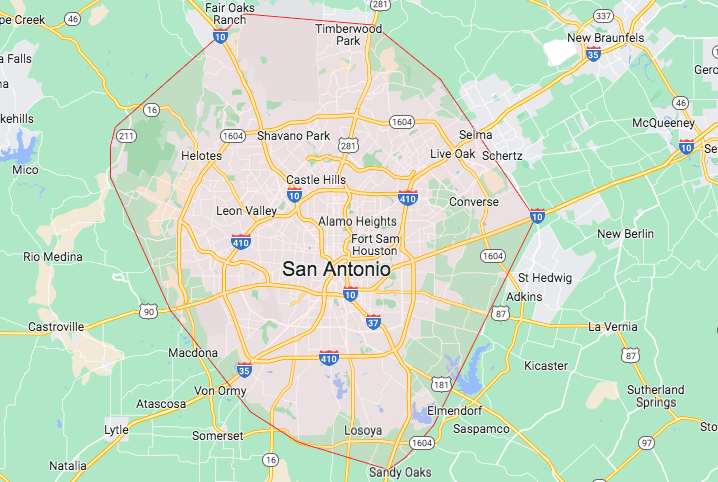Texas Sun Tree Service Blog
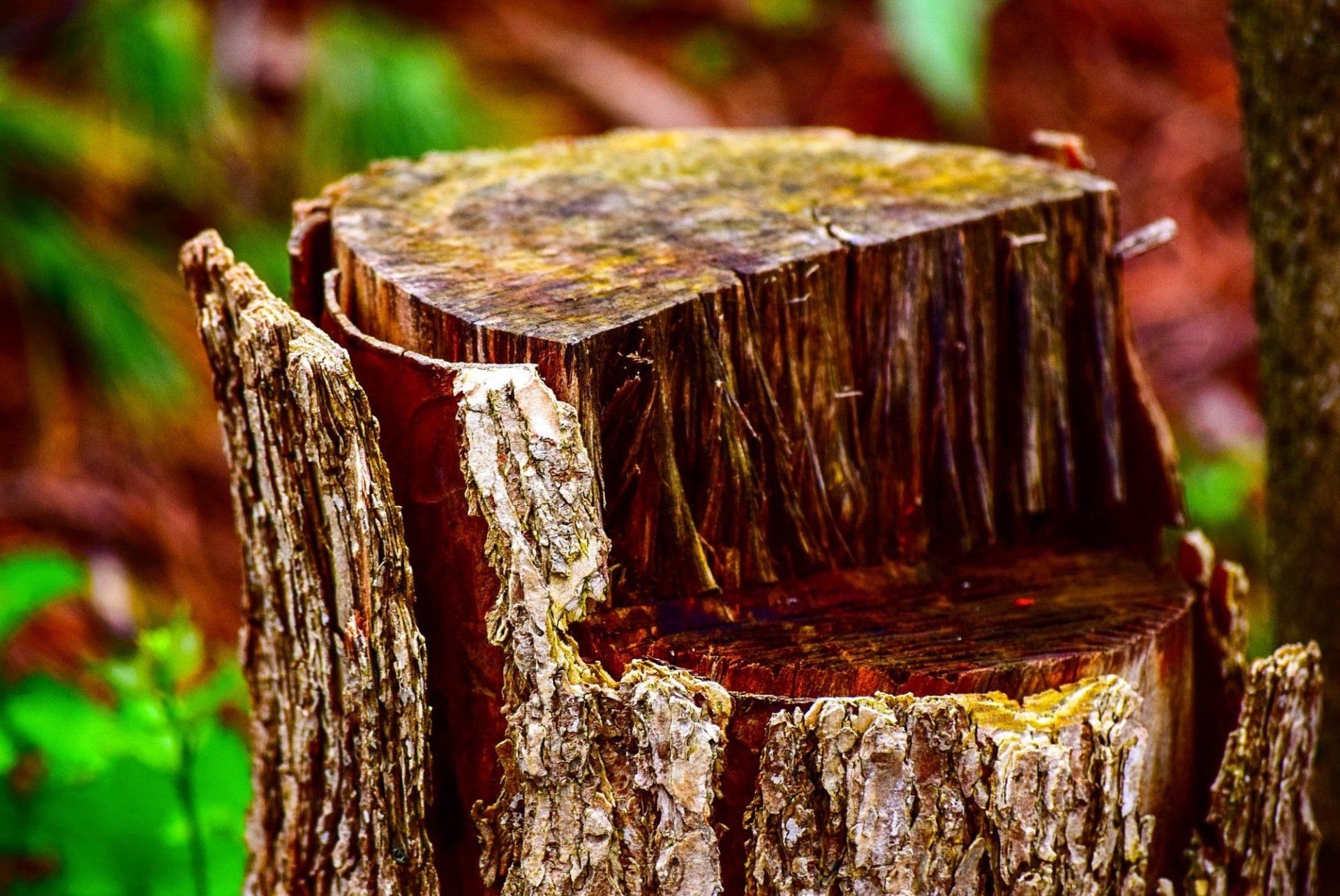
Tree stumps might seem harmless, but they can create a range of problems that extend beyond mere aesthetics. Whether they're leftovers from a recent tree removal or have been lingering in your yard for years, there are compelling reasons to consider their removal. At Texas Sun Tree Services, our local arborists provide expert stump grinding and removal in the greater San Antonio, TX area. Here are five reasons to remove tree stumps from your property. Boost Aesthetic Appeal Tree stumps can be eyesores, disrupting the visual appeal of your landscape. By removing them, you can instantly enhance the aesthetics of your property. This not only improves the overall look of your outdoor space but also creates a more open and inviting environment for you and your guests. Prevent Pest Infestations Tree stumps left to decay can become breeding grounds for pests such as termites, ants, and beetles. These insects can eventually spread to nearby healthy trees or even your home. By removing tree stumps promptly, you can mitigate the risk of pest infestations and protect the overall health of your landscape. Prevent Safety Hazards Tree stumps pose safety risks, especially in high-traffic areas or places where children play. They can be tripping hazards, leading to injuries and accidents. Removing tree stumps eliminates these potential dangers, making your yard a safer place for everyone. Free Up Space Tree stumps occupy valuable space that could be put to better use. Whether you have plans for a new garden bed or other landscaping projects, opens up space and provides a clean slate for your creative endeavors. Easier Yard Maintenance Lawn mowing and other yard maintenance tasks can be challenging when tree stumps are present. Stumps can damage lawnmower blades and impede the efficiency of landscaping equipment. Removing them makes it easier to keep your yard in top condition without the hindrance of obstacles. Stump Grinding & Removal in San Antonio, TX For stump grinding and removal in San Antonio, TX and the surrounding area, contact Texas Sun Tree Services at 320-314-9460. Feel free to give us a call today to ask for a free arborist estimate in San Antonio!
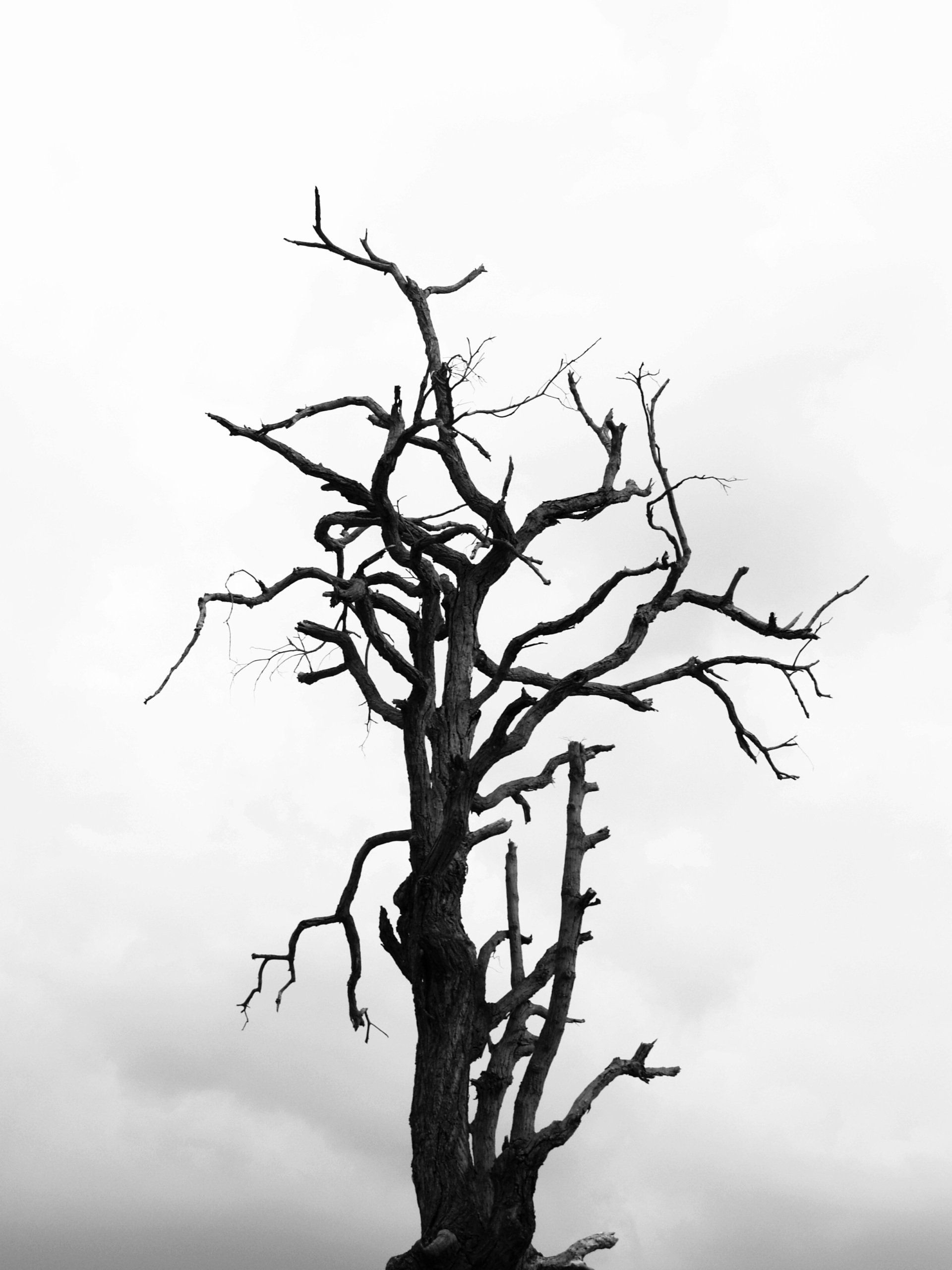
Texas is home to a wide variety of trees that contribute to the state's natural beauty. However, these trees are not immune to the threats posed by various diseases. If a tree on your property appears to be diseased, then it could become a safety hazard by being more susceptible to toppling over in high winds. It’s best to call in an experienced arborist if you notice any symptoms of disease in your tree. At Texas Sun Tree Services, our local arborists are experts at identifying diseased trees. Then, we can determine whether the tree can be saved or should be safely removed. Here are four tree diseases in Texas. Oak Wilt One of the most notorious tree diseases in Texas is oak wilt, a fungal infection that primarily targets oak trees. Spread through interconnected root systems and sap-feeding beetles, oak wilt disrupts the tree's water-conducting vessels, leading to wilting and eventual death. The disease can spread rapidly, making early detection and prompt action crucial for containment. Fire Blight Fire blight is notorious for affecting some fruit trees such as pears. This bacterial infection causes branches to appear scorched, as if affected by fire, hence the name. Warm and humid conditions favor the spread of fire blight, and infected branches may exude a sticky substance. Pruning affected branches and promoting good air circulation can help manage and prevent the disease. Pecan Scab Pecan trees, a staple in many Texas landscapes, are susceptible to pecan scab, a fungal disease caused by Venturia effusa. This disease manifests as dark, scaly lesions on leaves, nuts, and twigs. Citrus Canker Citrus trees, such as oranges and grapefruits, are susceptible to citrus canker, a bacterial disease that affects leaves, fruit, and stems. Spread through wind-driven rain and contaminated tools, citrus canker results in raised lesions on leaves and premature fruit drop. Tree Services in San Antonio If your tree has symptoms of any of these diseases and you need an arborist in San Antonio, TX and the surrounding area, contact Texas Sun Tree Services at 320-314-9460. Feel free to give us a call today to ask for a free arborist estimate in San Antonio!

Healthy trees are beautiful landscape features, but when trees become infected with diseases, their condition can quickly decline, at which point they can become prone to toppling over in high winds and causing major property damage. If you think a tree on your property might be diseased, then you should call in an experienced arborist to inspect it. At Texas Sun Tree Services, our local arborists are experts at identifying diseased trees and determining whether the tree can be saved or will need to be safely cut down. Here’s a look at five signs that a tree has a disease. Unusual Leaf Discoloration Oftentimes, one of the first indicators of a tree's declining health is an abnormal change in leaf color. Healthy leaves typically exhibit a vibrant green hue. If you notice discoloration such as yellowing, browning, or spotting, it could be a sign of disease. Premature Leaf Drop Trees undergo a natural process of shedding leaves during certain seasons. However, if a tree starts losing leaves outside of its normal cycle or experiences premature leaf drop, it might be suffering from a disease. This is especially true if the dropped leaves display signs of discoloration, spots, or abnormal patterns. Abnormal Growth Patterns Diseased trees may exhibit unusual growth, including stunted growth or the development of abnormal growths such as cankers. Keep an eye out for any changes in the tree's overall structure or the appearance of growths that seem out of place. Bark Abnormalities A tree's bark serves as its protective layer, and changes in its appearance can signal trouble. Look for signs such as peeling bark, cracks, lesions, or cankers. These may be indications of various diseases, including fungal infections or bacterial infestations. Fungal Growth The presence of fungi on a tree is a red flag. Mushrooms, mold, or fungal conks growing on the trunk or around the base of the tree can signify an underlying disease. Fungi often take advantage of weakened trees, contributing to their decline. Tree Services in San Antonio, TX When you need an arborist in San Antonio, TX and the surrounding area, contact Texas Sun Tree Services at (320) 314-9460. Feel free to give us a call today to request an arborist quote in San Antonio!


